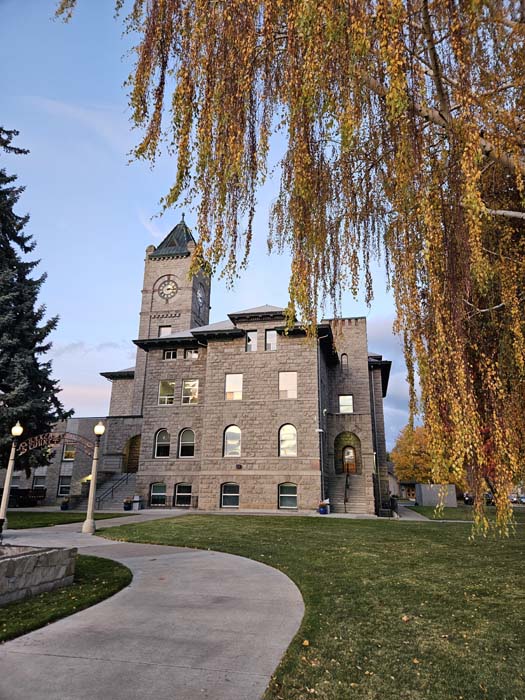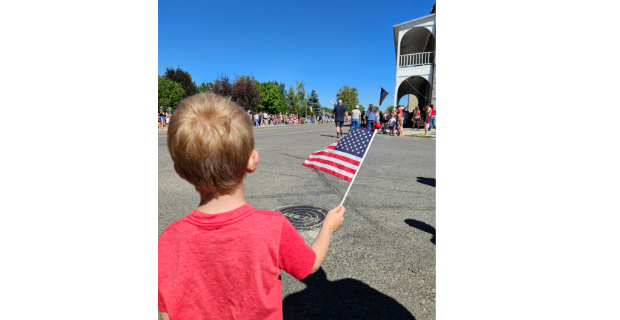National Stroke Awareness Month
Published 12:00 am Wednesday, May 6, 2009
May is National Stroke Awareness Month. Stroke is the third leading
cause of death behind heart disease and all forms of cancer combined.
According to the National Stroke Association, a stroke, also called
a “brain attack,” occurs when a blood clot blocks an artery or a blood
vessel breaks, interrupting blood flow to an area of the brain. When
either of these things happen, brain cells begin to die and brain
damage occurs.
When brain cells die during a stroke, abilities controlled by that area of the brain are lost, including speech, movement and memory. How a stroke patient is affected depends on where the stroke occurs in the brain and how much the brain is damaged. More than two-thirds of survivors will have some type of disability.
Through recognition and management of risk factors, lifestyle changes and compliance with recurrent stroke prevention treatments, up to 80 percent of strokes can be prevented.
Manageable risk factors:
andbull; Blood pressure
andbull; Cholesterol management
andbull; TIA (transient ischemic
attack)
andbull; Weight
andbull; Smoking
andbull; Alcohol consumption
andbull; Diabetes
andbull; Atrial fibrillation
Did you know?
andbull; Stroke can happen to anyone at any age.
andbull; Stroke is the leading cause of adult disability.
andbull; It is projected that 795,000 Americans will suffer a stroke in 2009.
andbull; High blood pressure is the primary cause of stroke.
andbull; Cholesterol or plaque build-up in the arteries can block normal blood flow to the brain and cause a stroke.
andbull; A TIA is a mini-stroke with stroke symptoms that last less than 24 hours before disappearing. More than one-third of all people who have a TIA will have a stroke. Learn more about TIA and how your risk level for stroke can be better managed.
andbull; Approximately one-third of all stroke survivors will have another stroke within five years.
Act F.A.S.T
Want to help reduce the impact of stroke? Spread awareness about stroke symptoms so everyone quickly recognizes them and immediately calls 911. Use the F.A.S.T. method for recognizing symptoms.
F = FACE Ask the person to smile. Does one side of the face droop?
A = ARM Ask the person to raise both arms. Does one arm drift downward?
S = SPEECH Ask the person to repeat a simple phrase. Does the speech sound slurred or strange?
T = TIME If you observe any of these signs, it’s time to call 911.
More information:
National Stroke Association: 1-800-STROKES, www.stroke.org






